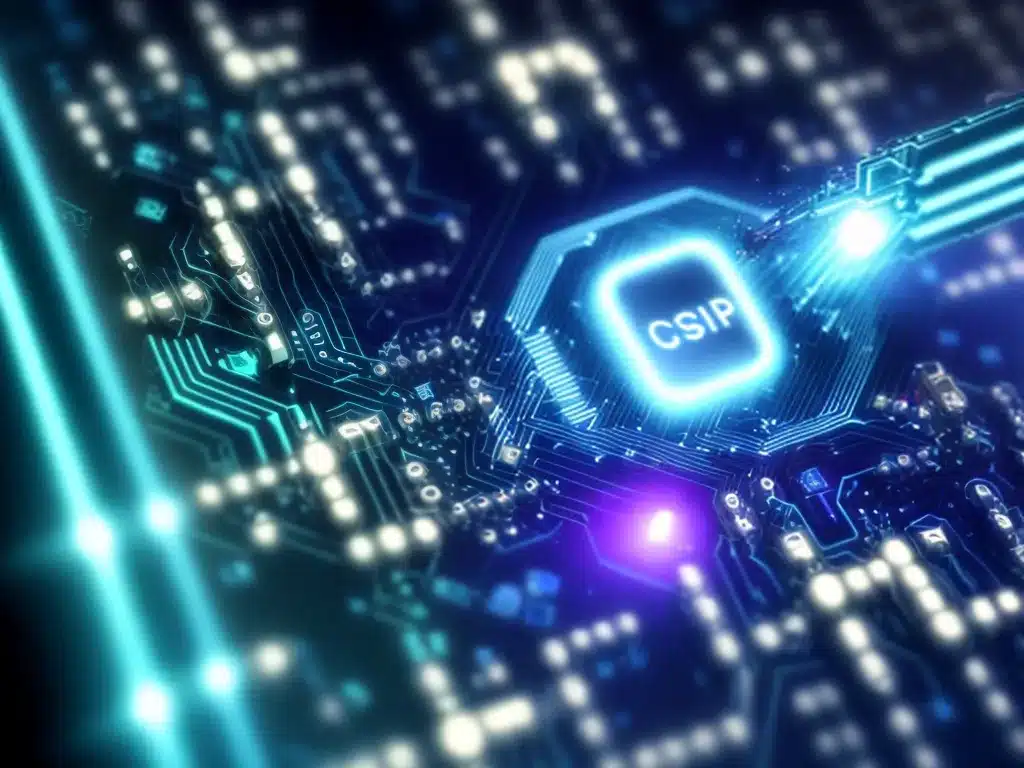
How Quantum Computing Will Transform Data Security
Quantum computing is an emerging technology that harnesses the laws of quantum mechanics to perform calculations exponentially faster than classical computers. As quantum computers become more powerful and widespread, they will have profound implications for data security. Here is an in-depth look at how quantum computing will transform the field of cryptography and data protection.
The Threat Quantum Computers Pose to Current Encryption Standards
Most of today’s data encryption methods rely on the difficulty of factoring large prime numbers. This includes popular standards like RSA and ECC that are used to secure websites, financial data, classified information and other sensitive digital assets.
Quantum computers can run new algorithms, such as Shor’s algorithm, that allows them to crack encryption much faster than traditional computers. Within only a few years, quantum computers will break the public-key infrastructure that secures the internet. This could enable adversaries to intercept communications, steal data, impersonate users and more.
Experts predict that our current encryption methods will be rendered obsolete as soon as 2024. We are approaching a potential cryptography apocalypse as quantum computing power continues to grow.
Post-Quantum Cryptography: New Encryption Standards
The threat of quantum computers is driving intensive research into new forms of cryptography that can withstand quantum attacks. Leading proposals for post-quantum cryptography include:
-
Lattice-based cryptography: This approach relies on the hardness of problems involving high-dimensional mathematical structures called lattices. Some lattice-based schemes include NTRU and Kyber.
-
Code-based cryptography: These techniques use error-correcting codes to create “unbreakable” cryptosystems. McEliece and Niederreiter are two well-known code-based protocols.
-
Multivariate polynomial cryptography: This strategy uses systems of polynomial equations over finite fields that are fast to use but difficult to invert. Some examples are Rainbow and GeMSS.
-
Hash-based cryptography: Hash-based signatures use cryptographic hashing functions rather than math problems. Notable schemes include SPHINCS+ and XMSS.
The National Institute of Standards and Technology (NIST) is currently evaluating post-quantum cryptography standards through a public competition process. The new standards will specify approved quantum-resistant public-key algorithms.
Quantum Key Distribution for Unhackable Networks
Beyond developing new encryption algorithms, quantum physics offers a novel approach to securing communications called quantum key distribution (QKD).
QKD protocols like BB84 use the quantum properties of particles to generate an unbreakable symmetric key between two parties. This key can then be used to encrypt messages with a one-time pad.
Because eavesdropping attempts disturb the quantum states, QKD can detect any interception of the key exchange. This lets two parties share secret keys over public channels.
With a high-speed QKD network, organizations could build virtually impenetrable cryptographic systems to protect their most critical data assets and infrastructure.
The Cryptographic Future in the Quantum Era
The rise of quantum computing will render our historical encryption methods insecure. But quantum technology also provides tools like post-quantum cryptography and quantum key distribution that can protect data in the coming decades.
Migrating cryptography infrastructure to new quantum-safe standards will be crucial. It will likely require a massive coordinated effort between governments, corporations and security experts to avoid catastrophic data breaches.
Quantum computing ushers in both unprecedented risks and opportunities for data security. With foresight and planning, we can make a smooth transition into a new era of cryptography powered by quantum-based breakthroughs. The cryptographic future is bright if we lay the groundwork now to keep our data safe.












